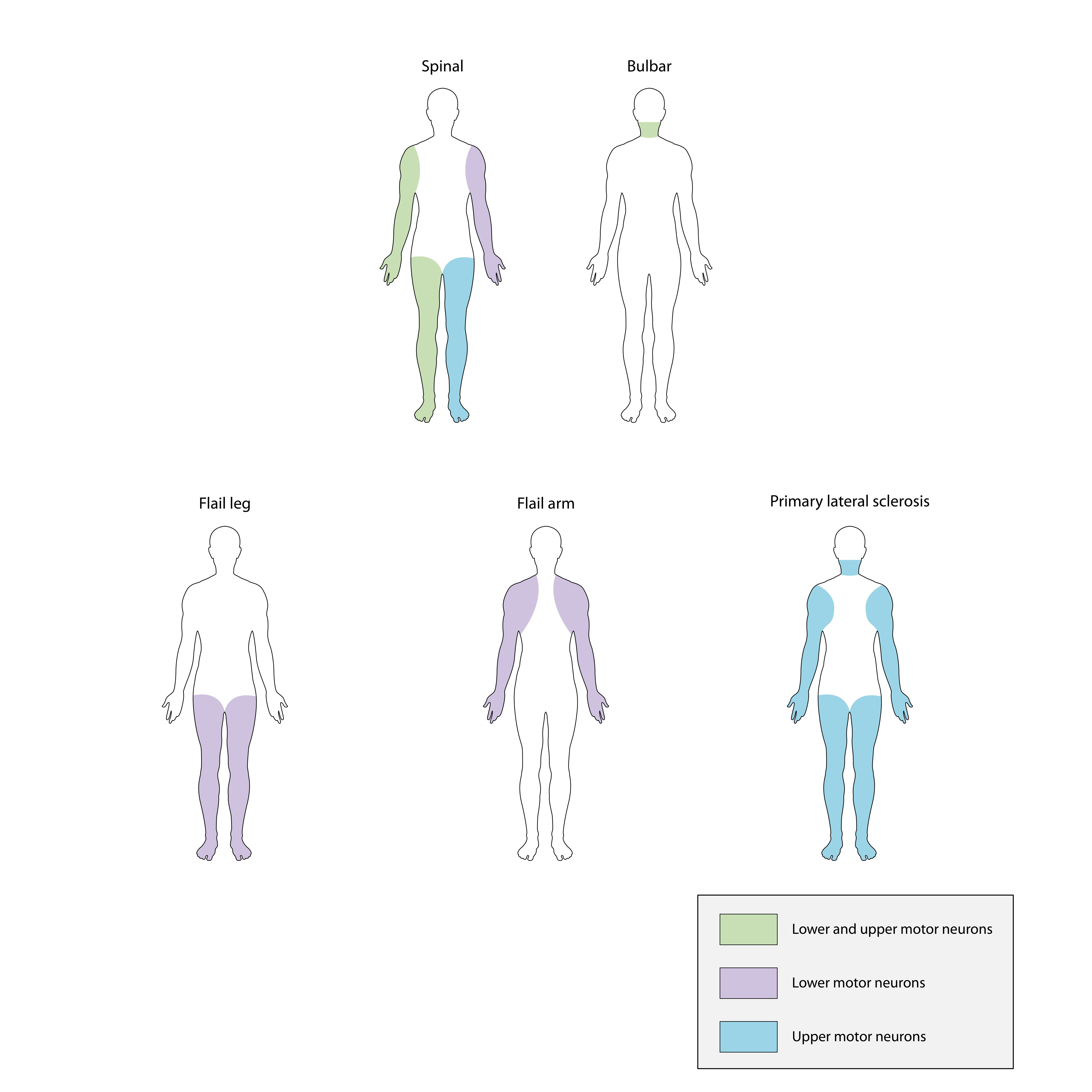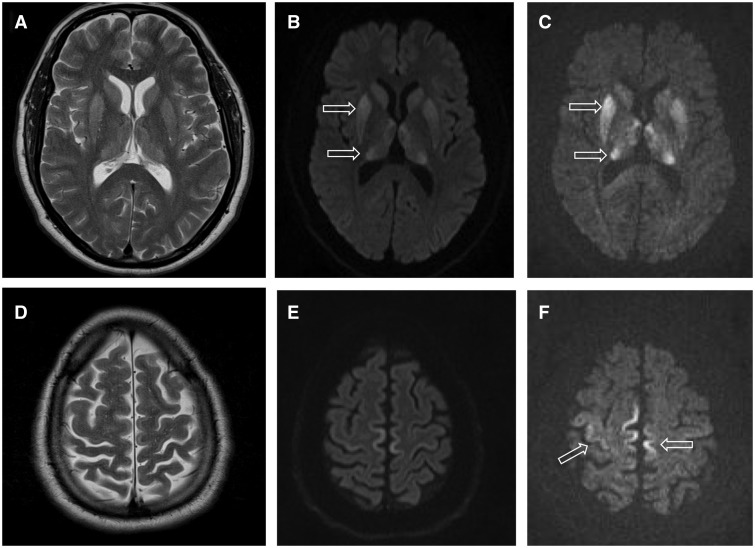|
PSMB9
Proteasome subunit beta type-9 as known as 20S proteasome subunit beta-1i is a protein that in humans is encoded by the ''PSMB9'' gene. This protein is one of the 17 essential subunits (alpha subunits 1-7, constitutive beta subunits 1-7, and inducible subunits including beta1i, PSMB10, beta2i, PSMB8, beta5i) that contributes to the complete assembly of 20S proteasome complex. In particular, proteasome subunit beta type-5, along with other beta subunits, assemble into two heptameric rings and subsequently a proteolytic chamber for substrate degradation. This protein contains "Trypsin-like" activity and is capable of cleaving after basic residues of peptide. The eukaryotic proteasome recognized degradable proteins, including damaged proteins for protein quality control purpose or key regulatory protein components for dynamic biological processes. The constitutive subunit beta1, beta2, and beta 5 (systematic nomenclature) can be replaced by their inducible counterparts beta1i, 2i, and ... [...More Info...] [...Related Items...] OR: [Wikipedia] [Google] [Baidu] |
PSMB10
Proteasome subunit beta type-10 as known as 20S proteasome subunit beta-2i is a protein that in humans is encoded by the ''PSMB10'' gene. This protein has a major role in the immune system as part of an immunoproteasome that is primarily induced upon infection and formed by replacing constitutive beta subunits with inducible beta subunits which possess specific cleavage properties that aid in the release of peptides necessary for MHC class I antigen presentation. The immunoproteasome appears to have a pivotal role in modulating NFκB signaling. Structure Gene This gene ''PSMB10'' encodes a member of the proteasome B-type family, also known as the T1B family, that is a 20S core beta subunit. Proteolytic processing is required to generate a mature subunit. Expression of this gene is induced by gamma interferon, and this gene product replaces catalytic subunit beta2 (proteasome subunit beta type-7) in the immunoproteasome. The human PSMB10 gene has 8 exons and locates at chrom ... [...More Info...] [...Related Items...] OR: [Wikipedia] [Google] [Baidu] |
PSMB8
Proteasome subunit beta type-8 as known as 20S proteasome subunit beta-5i is a protein that in humans is encoded by the ''PSMB8'' gene. This protein is one of the 17 essential subunits (alpha subunits 1–7, constitutive beta subunits 1–7, and inducible subunits including PSMB9, beta1i, PSMB10, beta2i, beta5i) that contributes to the complete assembly of 20S proteasome complex. In particular, proteasome subunit beta type-5, along with other beta subunits, assemble into two heptameric rings and subsequently a proteolytic chamber for substrate degradation. This protein contains "Chymotrypsin-like" activity and is capable of cleaving after large hydrophobic residues of peptide. The eukaryotic proteasome recognized degradable proteins, including damaged proteins for protein quality control purpose or key regulatory protein components for dynamic biological processes. The constitutive subunit beta1, beta2, and beta 5 (systematic nomenclature) can be replaced by their inducible counter ... [...More Info...] [...Related Items...] OR: [Wikipedia] [Google] [Baidu] |
PSMB1
Proteasome subunit beta type-1 also known as 20S proteasome subunit beta-6 (based on systematic nomenclature) is a protein that in humans is encoded by the ''PSMB1'' gene. This protein is one of the 17 essential subunits (alpha subunits 1-7, constitutive beta subunits 1-7, and inducible subunits including beta1i, beta2i, beta5i) that contributes to the complete assembly of 20S proteasome complex. In particular, proteasome subunit beta type-1, along with other beta subunits, assemble into two heptameric rings and subsequently a proteolytic chamber for substrate degradation. The eukaryotic proteasome recognized degradable proteins, including damaged proteins for protein quality control purpose or key regulatory protein components for dynamic biological processes. An essential function of a modified proteasome, the immunoproteasome, is the processing of class I MHC peptides. Structure Gene The gene ''PSMB1'' encodes a member of the proteasome B-type family, also known as the ... [...More Info...] [...Related Items...] OR: [Wikipedia] [Google] [Baidu] |
PSMB5
Proteasome subunit beta type-5 also known as 20S proteasome subunit beta-5 is a protein that in humans is encoded by the ''PSMB5'' gene. This protein is one of the 17 essential subunits (alpha subunits 1–7, constitutive beta subunits 1–7, and inducible subunits including beta1i, beta2i, beta5i) that contributes to the complete assembly of 20S proteasome complex. In particular, proteasome subunit beta type-5, along with other beta subunits, assemble into two heptameric rings and subsequently a proteolytic chamber for substrate degradation. This protein contains "chymotrypsin-like" activity and is capable of cleaving after large hydrophobic residues of peptide. The eukaryotic proteasome recognized degradable proteins, including damaged proteins for protein quality control purpose or key regulatory protein components for dynamic biological processes. An essential function of a modified proteasome, the immunoproteasome, is the processing of class I MHC peptides. Structure Prot ... [...More Info...] [...Related Items...] OR: [Wikipedia] [Google] [Baidu] |
Protein
Proteins are large biomolecules and macromolecules that comprise one or more long chains of amino acid residue (biochemistry), residues. Proteins perform a vast array of functions within organisms, including Enzyme catalysis, catalysing metabolic reactions, DNA replication, Cell signaling, responding to stimuli, providing Cytoskeleton, structure to cells and Fibrous protein, organisms, and Intracellular transport, transporting molecules from one location to another. Proteins differ from one another primarily in their sequence of amino acids, which is dictated by the Nucleic acid sequence, nucleotide sequence of their genes, and which usually results in protein folding into a specific Protein structure, 3D structure that determines its activity. A linear chain of amino acid residues is called a polypeptide. A protein contains at least one long polypeptide. Short polypeptides, containing less than 20–30 residues, are rarely considered to be proteins and are commonly called pep ... [...More Info...] [...Related Items...] OR: [Wikipedia] [Google] [Baidu] |
Amyotrophic Lateral Sclerosis
Amyotrophic lateral sclerosis (ALS), also known as motor neuron disease (MND) or—in the United States—Lou Gehrig's disease (LGD), is a rare, Terminal illness, terminal neurodegenerative disease, neurodegenerative disorder that results in the progressive loss of both upper and lower motor neurons that normally control Skeletal muscle, voluntary muscle contraction. ALS is the most common form of the motor neuron diseases. ALS often presents in its early stages with gradual muscle Spasticity, stiffness, Fasciculation, twitches, Muscle weakness, weakness, and Muscle atrophy, wasting. Motor neuron loss typically continues until the abilities to eat, speak, move, and, lastly, breathe are all lost. While only 15% of people with ALS also fully develop frontotemporal dementia, an estimated 50% face at least some minor difficulties with cognitive disorder, thinking and behavior. Depending on which of the aforementioned symptoms develops first, ALS is classified as ''limb-onset'' (b ... [...More Info...] [...Related Items...] OR: [Wikipedia] [Google] [Baidu] |
Malignancies
Malignancy () is the tendency of a medical condition to become progressively worse; the term is most familiar as a characterization of cancer. A ''malignant'' tumor contrasts with a non-cancerous ''benign'' tumor in that a malignancy is not self-limited in its growth, is capable of invading into adjacent tissues, and may be capable of spreading to distant tissues. A benign tumor has none of those properties, but may still be harmful to health. The term benign in more general medical use characterizes a condition or growth that is not cancerous, i.e. does not spread to other parts of the body or invade nearby tissue. Sometimes the term is used to suggest that a condition is not dangerous or serious. Malignancy in cancers is characterized by anaplasia, invasiveness, and metastasis. Malignant tumors are also characterized by genome instability, so that cancers, as assessed by whole genome sequencing, frequently have between 10,000 and 100,000 mutations in their entire genomes. ... [...More Info...] [...Related Items...] OR: [Wikipedia] [Google] [Baidu] |
Alzheimer's Disease
Alzheimer's disease (AD) is a neurodegenerative disease and the cause of 60–70% of cases of dementia. The most common early symptom is difficulty in remembering recent events. As the disease advances, symptoms can include problems with language, disorientation (including easily getting lost), mood swings, loss of motivation, self-neglect, and behavioral issues. As a person's condition declines, they often withdraw from family and society. Gradually, bodily functions are lost, ultimately leading to death. Although the speed of progression can vary, the average life expectancy following diagnosis is three to twelve years. The causes of Alzheimer's disease remain poorly understood. There are many environmental and genetic risk factors associated with its development. The strongest genetic risk factor is from an allele of apolipoprotein E. Other risk factors include a history of head injury, clinical depression, and high blood pressure. The progression of the di ... [...More Info...] [...Related Items...] OR: [Wikipedia] [Google] [Baidu] |
Parkinson's Disease
Parkinson's disease (PD), or simply Parkinson's, is a neurodegenerative disease primarily of the central nervous system, affecting both motor system, motor and non-motor systems. Symptoms typically develop gradually and non-motor issues become more prevalent as the disease progresses. The motor symptoms are collectively called parkinsonism and include tremors, bradykinesia, spasticity, rigidity as well as postural instability (i.e., difficulty maintaining balance). Non-motor symptoms develop later in the disease and include behavior change (individual), behavioral changes or mental disorder, neuropsychiatric problems such as sleep abnormalities, psychosis, anosmia, and mood swings. Most Parkinson's disease cases are idiopathic disease, idiopathic, though contributing factors have been identified. Pathophysiology involves progressive nerve cell death, degeneration of nerve cells in the substantia nigra, a midbrain region that provides dopamine to the basal ganglia, a system invo ... [...More Info...] [...Related Items...] OR: [Wikipedia] [Google] [Baidu] |
Pick's Disease
Frontotemporal dementia (FTD), also called frontotemporal degeneration disease or frontotemporal neurocognitive disorder, encompasses several types of dementia involving the progressive degeneration of the brain's frontal and temporal lobes. Men and women appear to be equally affected. FTD generally presents as a behavioral or language disorder with gradual onset. Signs and symptoms tend to appear in late adulthood, typically between the ages of 45 and 65, although it can affect people younger or older than this. There is currently no cure or approved symptomatic treatment for FTD, although some off-label drugs and behavioral methods are prescribed. Features of FTD were first described by Arnold Pick between 1892 and 1906. The name ''Pick's disease'' was coined in 1922. This term is now reserved only for the behavioral variant of FTD, in which characteristic Pick bodies and Pick cells are present. These were first described by Alois Alzheimer in 1911. Common signs and symptoms ... [...More Info...] [...Related Items...] OR: [Wikipedia] [Google] [Baidu] |
Creutzfeldt–Jakob Disease
Creutzfeldt–Jakob disease (CJD) is an incurable, always fatal neurodegenerative disease belonging to the transmissible spongiform encephalopathy (TSE) group. Early symptoms include memory problems, behavioral changes, poor coordination, visual disturbances and auditory disturbances. Later symptoms include dementia, involuntary movements, blindness, deafness, weakness, and coma. About 70% of sufferers die within a year of diagnosis. The name "Creutzfeldt–Jakob disease" was introduced by Walther Spielmeyer in 1922, after the German neurologists Hans Gerhard Creutzfeldt and Alfons Maria Jakob. CJD is caused by abnormal folding of a protein known as a prion. Infectious prions are misfolded proteins that can cause normally folded proteins to also become misfolded. About 85% of cases of CJD occur for unknown reasons, while about 7.5% of cases are inherited in an autosomal dominant manner. Exposure to brain or spinal tissue from an infected person may also result in spread. Ther ... [...More Info...] [...Related Items...] OR: [Wikipedia] [Google] [Baidu] |
Huntington's Disease
Huntington's disease (HD), also known as Huntington's chorea, is an incurable neurodegenerative disease that is mostly Genetic disorder#Autosomal dominant, inherited. It typically presents as a triad of progressive psychiatric, cognitive, and motor symptoms. The earliest symptoms are often subtle problems with mood or mental/psychiatric abilities, which precede the motor symptoms for many people. The definitive physical symptoms, including a general Ataxia, lack of coordination and an unsteady human gait, gait, eventually follow. Over time, the basal ganglia region of the brain gradually Basal ganglia disease#Huntington's disease, becomes damaged. The disease is primarily characterized by a distinctive hyperkinesia, hyperkinetic movement disorder known as ''chorea.'' Chorea classically presents as uncoordinated, involuntary, "dance-like" body movements that become more apparent as the disease advances. Physical abilities gradually worsen until Motor coordination, coordinated mo ... [...More Info...] [...Related Items...] OR: [Wikipedia] [Google] [Baidu] |




